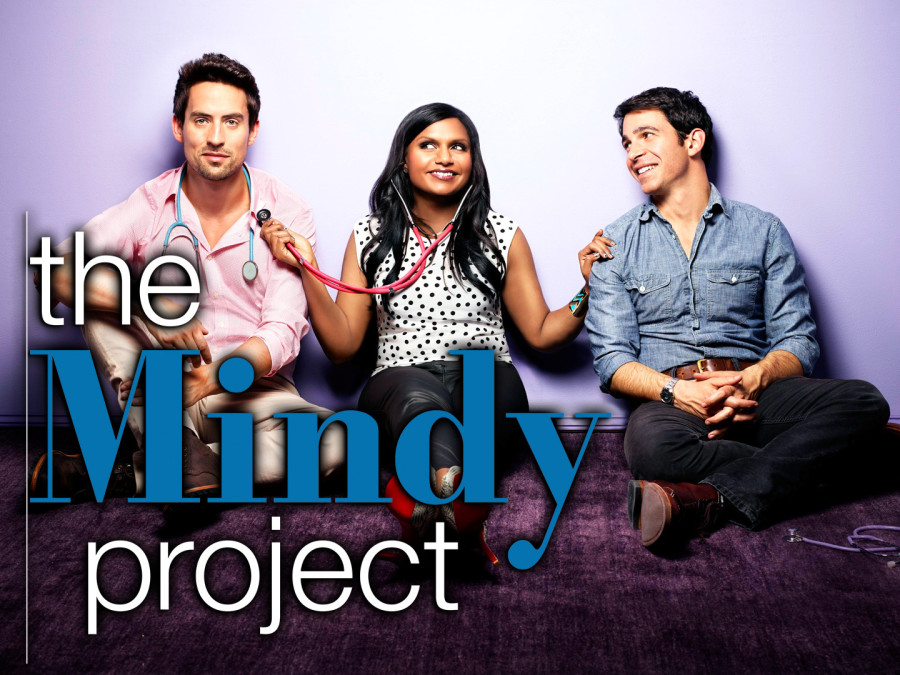Steering away from stereotypes
Growing up, I could count the number of television actors starring in a show who represented my culture on one hand. Indians, especially, have very little or inaccurate representation in western media.
When I was young, I used to watch Disney Channel, and I only recall one show having an Indian character. Baljeet played a recurring role in the television series “Phineas and Ferb,” but he was the typical Indian stereotype. Baljeet had a thick Indian accent and he aided the main characters, Phineas and Ferb, when they needed help with math and science. I remember thinking to myself that not all Indians are like that.
Other than “Phineas and Ferb” majority of the shows consisted of only Caucasian, African American or Latino actors. I grew up under the impression that in America, only those races could be famous actors, and Indians could only act in Bollywood movies. In 2009 when the “Pink Panther 2” came out, I was shocked to see an Indian actress, Aishwarya Rai Bachchan, playing one of the main roles, but at the same time, I was proud to see someone from my heritage star in such a major movie.
Typically, television shows include a token Latino, Asian or African American character, and exaggerate their stereotypical characteristics to provide humor to the audience. These characters tend to be pushed into recurring or minor roles; they are never pertinent to the central plot. Indians in western media normally play the roles of an engineer, doctor or scientist–their race tends to be the predominant trait of their character, rather than their actual personality.
“The Mindy Project,” however, is one of the few shows that focuses on the life of an Indian girl as the main plot. Although the main character, Mindy, portrayed by Mindy Kaling, is a doctor, fitting into a typical Indian stereotype, the show does not emphasize her occupation. Even though the show revolves around her job and workplace, it focuses on her idiosyncrasies as an Indian-American woman. Her life is especially relatable to young women such as myself; she may be Indian, but she still leads a normal life, one that is not solely defined by ethnicity, but rather her personality.
The Silicon Valley hosts a much larger Asian population than many other cities throughout California and the U.S. There is certainly a high concentration of doctors, engineers and scientists in this region, but there are other jobs that Asians have too–in fact, my mother is an architect. She mentioned that she doesn’t always “fit in” with the Indian Silicon Valley crowd. Many people are surprised when they first find out her occupation because she doesn’t fit the typical Indian stereotype, but she always tells me that she likes being different, and what she does makes her happy. Like my mother, all Indians are different, and we shouldn’t constantly be stereotyped in the media.
Slowly, over the past couple of years, more and more Indian actors are being introduced into western media. From Mindy Kaling to Aishwarya Rai Bachchan, I’m glad some Indians are making progress by gaining more representation in western media.
Raveena Kapatkar (12) is the Co-Editor-in-Chief of Harker Aquila. She is a senior and this is her fourth year on staff. As a freshman, she was a reporter...


















![“[Building nerf blasters] became this outlet of creativity for me that hasn't been matched by anything else. The process [of] making a build complete to your desire is such a painstakingly difficult process, but I've had to learn from [the skills needed from] soldering to proper painting. There's so many different options for everything, if you think about it, it exists. The best part is [that] if it doesn't exist, you can build it yourself," Ishaan Parate said.](https://harkeraquila.com/wp-content/uploads/2022/08/DSC_8149-900x604.jpg)




![“When I came into high school, I was ready to be a follower. But DECA was a game changer for me. It helped me overcome my fear of public speaking, and it's played such a major role in who I've become today. To be able to successfully lead a chapter of 150 students, an officer team and be one of the upperclassmen I once really admired is something I'm [really] proud of,” Anvitha Tummala ('21) said.](https://harkeraquila.com/wp-content/uploads/2021/07/Screen-Shot-2021-07-25-at-9.50.05-AM-900x594.png)







![“I think getting up in the morning and having a sense of purpose [is exciting]. I think without a certain amount of drive, life is kind of obsolete and mundane, and I think having that every single day is what makes each day unique and kind of makes life exciting,” Neymika Jain (12) said.](https://harkeraquila.com/wp-content/uploads/2017/06/Screen-Shot-2017-06-03-at-4.54.16-PM.png)








![“My slogan is ‘slow feet, don’t eat, and I’m hungry.’ You need to run fast to get where you are–you aren't going to get those championships if you aren't fast,” Angel Cervantes (12) said. “I want to do well in school on my tests and in track and win championships for my team. I live by that, [and] I can do that anywhere: in the classroom or on the field.”](https://harkeraquila.com/wp-content/uploads/2018/06/DSC5146-900x601.jpg)
![“[Volleyball has] taught me how to fall correctly, and another thing it taught is that you don’t have to be the best at something to be good at it. If you just hit the ball in a smart way, then it still scores points and you’re good at it. You could be a background player and still make a much bigger impact on the team than you would think,” Anya Gert (’20) said.](https://harkeraquila.com/wp-content/uploads/2020/06/AnnaGert_JinTuan_HoHPhotoEdited-600x900.jpeg)

![“I'm not nearly there yet, but [my confidence has] definitely been getting better since I was pretty shy and timid coming into Harker my freshman year. I know that there's a lot of people that are really confident in what they do, and I really admire them. Everyone's so driven and that has really pushed me to kind of try to find my own place in high school and be more confident,” Alyssa Huang (’20) said.](https://harkeraquila.com/wp-content/uploads/2020/06/AlyssaHuang_EmilyChen_HoHPhoto-900x749.jpeg)



